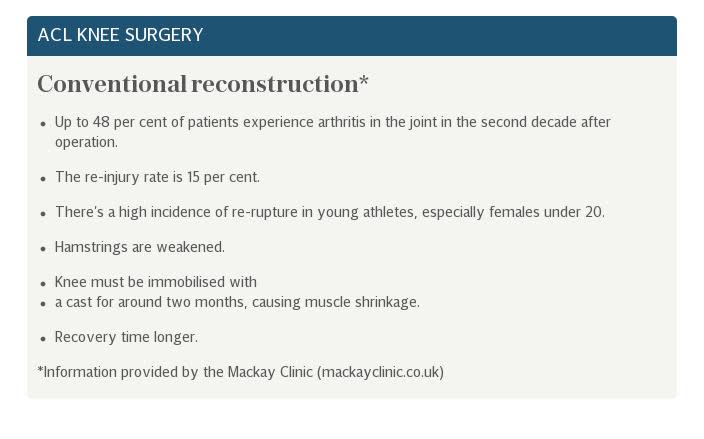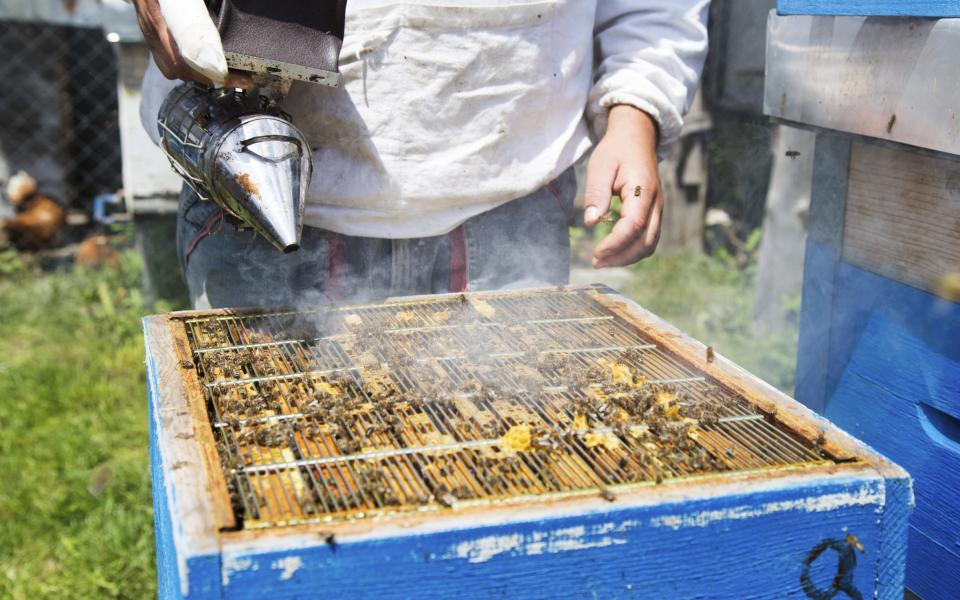Doctor's Diary: Why newborn babies really die in hospital

It would be a most serious state of affairs if, as the Royal College of Obstetricians claimed in a report last week, most (three quarters) of the tragedies of stillbirths, newborn babies dying in hospital or suffering brain damage are due to clinical incompetence and poor training.
Or, as they put it: “There would have been different [i.e, presumably better] outcomes with different [i.e, presumably better] care.”
It would be a monstrous scandal were this the case
It would be a monstrous scandal were this the case, but the only remarkable feature of this report is that it contains not a single jot of reliable, verifiable evidence to substantiate these claims.
How could it? Childbirth in this country is staggeringly safe, hence all those caesareans; the neonatal mortality rate, at an irreducible six per thousand, has remained static for decades; neurological problems such as cerebral palsy are due to faulty development of the foetal brain and only very rarely oxygen depravation from poor management of labour.
The Royal College should know this well enough, and the only reason I can see that they would sanction this sensationalist report would be to garner some cheap publicity and make a dishonest case for “extra funding”. Shame on them.
Misinterpretations and making mistakes
The conundrum of the gentleman with a persistent cramp-like sensation in his “new” knee – limiting mobility climbing stairs and getting in and out of his car – and not improved by a further hip replacement (on the supposition it was referred pain from an arthritic hip), has prompted an avalanche of correspondence.
This situation of misinterpreting the cause of persistant symptoms associated with a new knee, leading to a further, unnecessary hip operation, must be not unusual, with three other readers reporting precisely the same experience. As the result of a knee replacement may be unsatisfactory in a quarter of patients who fail to obtain anticipated levels of pain relief, the correct assessment of such problems is clearly very important.
The commonest causes suggests orthopaedic surgeon John Ireland are technical (i.e, incorrect sizing of the implant), inadequate early physiotherapy and, thirdly, performing the operation in those for whom it is not necessary or inappropriate.

A technical cause will require a revision procedure, with special attention to the possible role of the patella (or knee cap) as the cause of persistent pain. “The surgeon did not think it was necessary initially,” writes one woman. “A year later, he opened the knee up again, cleared and resurfaced the patella” – after which she has had no further problems.
Pre-operative weakness of the quads from disuse can destabilise the internal structures of the new knee, and several readers commend purchasing a semi-recumbent tricycle as a means of strengthening them (and improving flexibility) without the need to weight-bear.
Then there are those whose symptoms turned out eventually to be due to some reason other than knee arthritis, and in whom its replacement was thus unnecessary: prolapse of the fourth lumbar disc, spinal stenosis, narrowing of the arteries to the legs, belatedly diagnosed foot or ankle problems warranting orthotics, a benign tumour (schwannoma) of the nerve sheath to the upper leg (diagnosed on an MRI scan).
Interestingly, another cause was “phantom” joint pain, due to the persistance of memory traces in the brain of the stabbing and aching symptoms prior to the operation. For those who would like to know more, there is a lucid review: “Knee pain after arthroplasty” by Wolf Petersen, in International Orthopaedics 2014.
Pain relieving bee smoke

Finally, further to the heat of the lighted tip of a cigarette in mitigating the pain of an insect bite, bee-keeper Sarah More reports the cool smoke she uses for smoking out her bees is “astonishingly soothing” of any stings she may incur.
The smoke also masks the “alarm” pheromone released by the stinger that attracts others to join in to repel the intruder. Fascinating!
Email medical questions confidentially to Dr James Le Fanu at drjames@telegraph.co.uk

 Yahoo News
Yahoo News 